Tube Amp Broken Due to User Error: These 5 Things will Come Back to Haunt You!
Protect Your Tube Amps with Proper Handling
“These damn tube amps,” he grumbled, “there’s always something wrong with them!” That’s what a guitarist friend of mine said about his broken Marshall. But he soon discovered that the problem was not with the amp, but with the user. This little episode is a good opportunity to talk about misuse of tube amps. And what exactly causes tube amps to fail. Because a lot of damage can be avoided if you know the most common operating errors and follow a few basic rules. So let’s take a look at five typical causes of tube amp failure – and how to avoid them.
Tube Amp broken Due to User Error
1. Standby Not Used
The standby button on tube amps may seem outdated, but it’s not. And while it may seem pedantic to insist on it, it is one of the most important protections for the inner workings of a tube amp. In classic circuits, the standby switch allows the tubes in the preamp and power amp to reach the necessary operating temperature before you actually start playing. And it does so at a moderate speed. As thermally stressed components, tubes are grateful for anything that eases the transition from cold to hot.
However, skipping the standby step and jumping right into a riff at full volume can dramatically shorten the life of your tubes – or worse, it will destroy your tube amp.
The correct sequence for powering up an amp is to press the power switch first, wait at least 30 seconds for the tubes to warm up, and then press the standby switch. To turn it off, do the exact opposite: standby first, then turn it off. So simple, so important. If you follow these tips, you’ll give your tube amp a long life-and save yourself expensive repairs or frequent tube replacements.

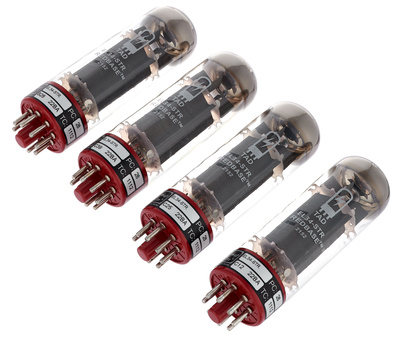
2. No Speaker Connected
Another classic of fatal, face-palming mistakes: amp on, guitar plugged in, but no speaker connected. What might get away with a slap on the wrist with transistor amps is a guaranteed recipe for disaster with tube amps.
Unlike their transistor-based counterparts, tube amplifiers always require a connected load, i.e. a speaker cabinet, load box, or at least a suitable load resistor.
If this load is missing, the power of the output stage has nowhere to go – and the amp “cooks” itself, rendering the tube amp useless. For those who like it technical and want to know exactly how it works: Without a load connected, the amp’s output transformers are constantly receiving voltage pulses that they cannot process. In the worst case, these pulses will destroy the transformer or the output tubes.
The solution is simple: never turn on your tube amp without the proper speaker cabinet connected.
And please – please – don’t improvise with what you think are speaker cables that are actually guitar cables! It just doesn’t make sense to buy an amp for a few hundred or thousand dollars and then skimp a few bucks on speaker cables.

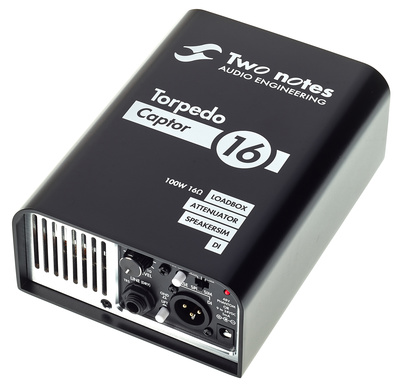

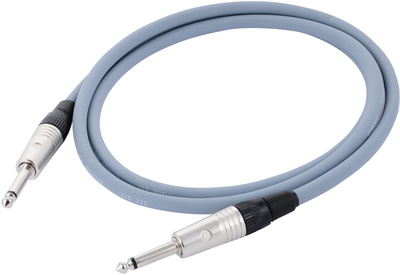
3. Cheap Power Supply
This next one sounds trivial, but it can be tricky: a bad power supply. Many guitarists (and probably musicians in general) underestimate the importance of clean, stable power for their amps-plugging their $5,000 amp into a worn-out power strip from the hardware store that can’t even handle the electric kettle.
Sure, it works at first. But woe betide you if the voltage fluctuates, the grounding is faulty, or there is interference in the power grid. That great tube sound can quickly turn into a hum, a crackle, or nothing at all.
Especially in older buildings or on stages with adventurous wiring (I like to call it “multiple plug hell”), it’s worth investing in a power conditioner or voltage regulator. These little magic boxes not only protect against voltage spikes, but also extend the life of sensitive components in the amp.
But one thing is clear: no power cord in the world is worth $1,000. If you’re a hi-fi enthusiast with the money to spend, go for it. I don’t want to spoil anyone’s fun. But it’s really not technically necessary anymore. Clean power, on the other hand, is. My colleague Claudius has already looked into this: Does a cheap power cable sound as good as a Vovox cable?

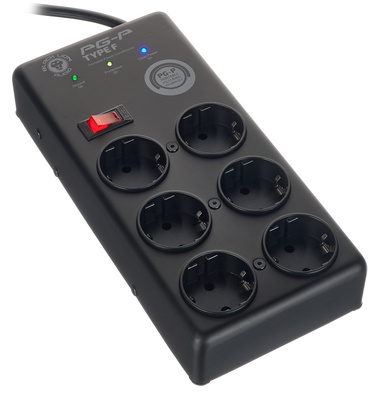
4. Too Much Gain
High gain sounds fat. True words. But if you keep the gain knob turned all the way up, you’re not doing your tube amp any favors – or your own sound, for that matter.

Especially with older amps or amps that weren’t built for brutal distortion, constantly overdriving the preamp can lead to thermal problems. The tubes run hot, generate unnecessary noise, become microphonic – or give up the ghost long before their time.
One of the biggest misconceptions is that many guitarists confuse gain with volume. Gain is nothing more than input sensitivity – and overdoing it won’t give you more “power,” but rather a muddy, compressed sound.
But because it’s “more,” we tend to keep turning the gain knob. What many people don’t realize is that this puts a permanent strain on the amp’s preamp. And that will come back to haunt you at some point-usually in the middle of a rehearsal or on stage.
The better solution is to find your amp’s sweet spot. Finding the right balance between gain, (master) volume, and EQ will not only give you a better sound, it will also extend the life of your components. And if you really need more distortion, you’re often better off with a good overdrive pedal.
5. Let the Tubes Wear Out
Tubes are wearing parts. And just because many guitarists hope that their beloved amp will “forever” sound like it did the day they bought it, that’s not true.

Depending on use, preamp tubes can last several years, but in my experience, power amp tubes last much shorter – especially if you run them hot or never let them cool down.
The problem is that the gradual deterioration is often not immediately apparent. It’s a bit like not looking in the mirror for ten years-the daily deterioration is not very noticeable, but it accumulates. With amps, the sound gets thinner, the dynamics diminish, suddenly there is noise or hum, and eventually there is no sound at all.
Many guitarists ignore the first warning signs of tube deterioration until the amp finally shuts down. But replacing the tubes in time is no big deal-and a lot cheaper than completely overhauling your beloved tube amp.
If you want to be on the safe side with your outrageously expensive vintage treasure, you should have your amp checked by a technician once a year. But with a little caution, a multimeter, and some workshop know-how, you can change the tubes yourself.
Bonus: How to Properly Care for Your Tube Amp
There are often only a few simple habits that separate the “broken” from the “everlasting”. In contrast to the five deadly sins described above, the following five points will give you a little more security and (hopefully) a longer lifespan.
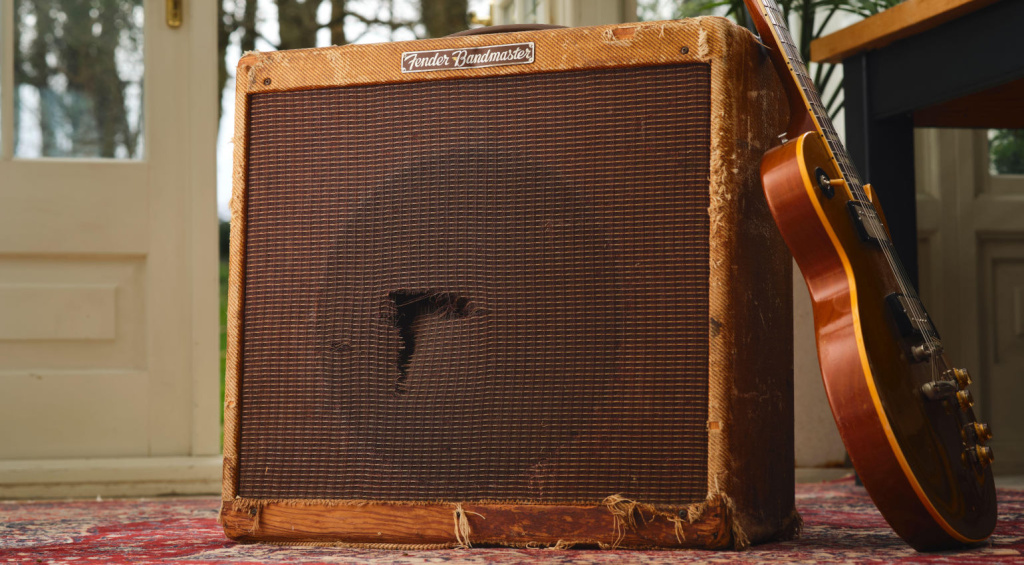
Let Your Amp Breathe
Even if you don’t have a band right now or you’re in the stressful period between gigs, turn on your tube amp every once in a while to let the components warm up and not “freeze up”. Electronics that sit around for too long often age faster than those that are used regularly. And then the tube amp is broken, even though it was “never really used”.
Your Amp is an Instrument – Not a Tool
A tube amp is not a wrench. It contains delicate glass bulbs, components on circuit boards, and mechanically sensitive tube sockets. Shocks, vibrations, extreme climates, or rough handling can cause tiny defects-with consequences that often take weeks to notice. A well-padded case, or at least a sturdy amp bag, is a must if you’re going to be on the road a lot.
Give it Some Air!
When they’re working well, tubes get hot. So if you put your amp in a closed cabinet, cover it with a towel, or push it right up against the radiator in your rehearsal room, you risk a potentially dangerous buildup of heat. Over time, this can lead to premature tube wear or even heat damage to other components. Rule of thumb: Always provide adequate ventilation-especially at the top and rear.
Check Your Setup Before Every Performance
A quick glance at speaker cables, jacks, impedance switches, and standby mode is often enough to avoid major mistakes. Make it part of your routine, just like tuning your guitar or doing a pre-flight check on your private jet. Your amp will thank you.
Have a Plan B
Even if your tube amp is in great shape, something is bound to happen. A small backup setup (such as a mini amp, preamp pedal with DI output, or multi-FX with amp modeling) can save your gig in a pinch. And it often costs less than a new set of power tubes.

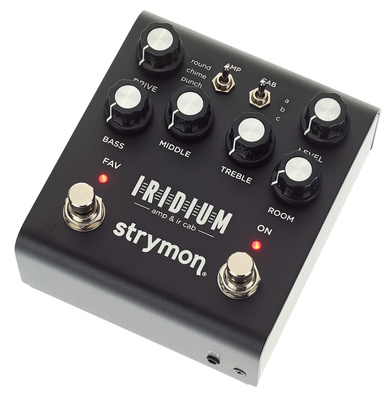

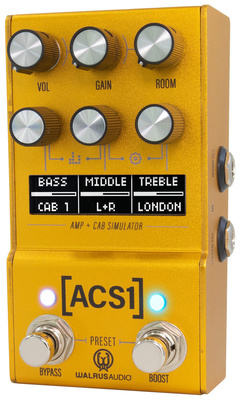
Conclusion: A Broken Tube Amp isn’t Fate – it’s Usually Your Own Fault
A tube amp is not a delicate luxury item, but it’s not a device that should be treated like a toaster. It needs to be cared for, understood, and respected-and then it will reward us with great tone, character, and dynamics.
The five mistakes we’ve discussed in this article are unfortunately not uncommon. They happen out of haste, ignorance, or simply habit-but they are avoidable. Maybe the next time you turn on your amp, you’ll remember my colleague with the sad look and the “damn tube amp” curse.
Original article is by Jan Rotring for GEARNEWS.de.
*Note: This article contains affiliate links that help us pay for this site. Don’t worry: the price for you is always the same! If you buy something through one of these links, we get a small commission. Thanks for your support!
2 responses to “Tube Amp Broken Due to User Error: These 5 Things will Come Back to Haunt You!”
 4,3 / 5,0 |
4,3 / 5,0 | 


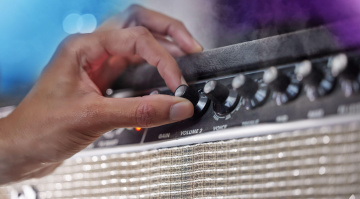



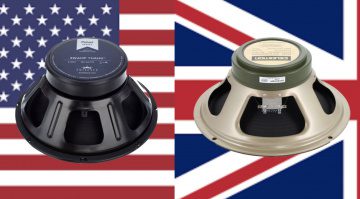
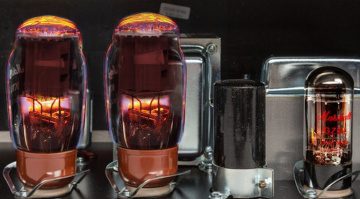
The Standby debate will reignite, as some amps don’t have standby switches (don’t need it) some have it and the article above fully applies, and some have it… and it’s the use of the standby that kills the tube (some AC30 with GZ34 rectifier for exemple) => designs are different and standby are misunderstood and/or badly used…
Bad Power. live or play in a place with bad wiring? PROTECT THAT OLD TUBE AMP. my brother’s house had that old wiring with ceramic insulators and exposed wires, you know, 1930’s style old house. we lost two old Fender amps before he finally rewired our practice room- and the repairs are NOT cheap on those things….. we could have put in a new box and totally rewired the house 5 times for the cost to repair the amps.
also, in addition to ‘turn down the preamp gain’, don’t feed too much gain into a vintage amp. sure, running a tube screamer into one can sound great, but that fender amp isn’t really meant to sound like that, and keep the volume low on that pedal- I’ve seen a lot of failures, and a couple of fires and explosions…. get a mesa if you want that kind of tone, that dual